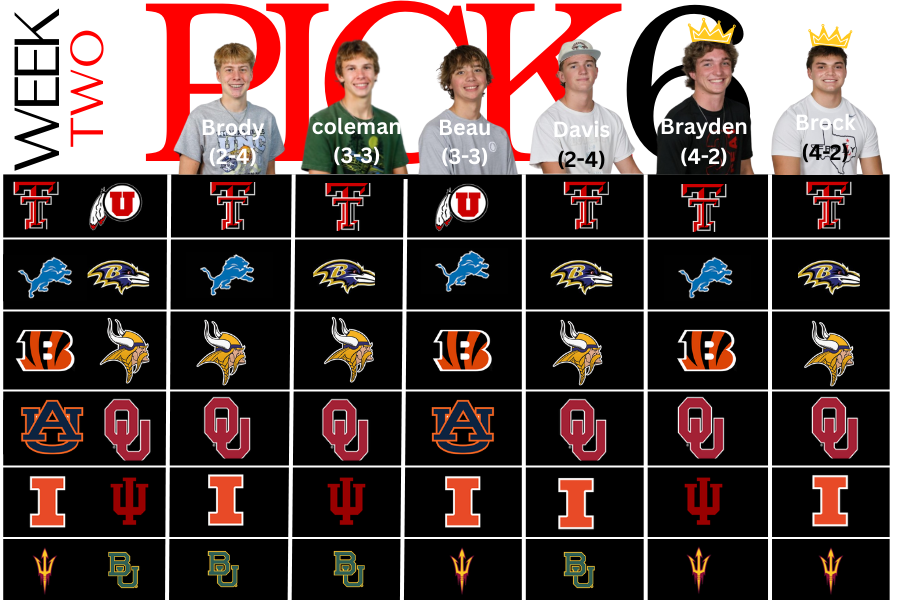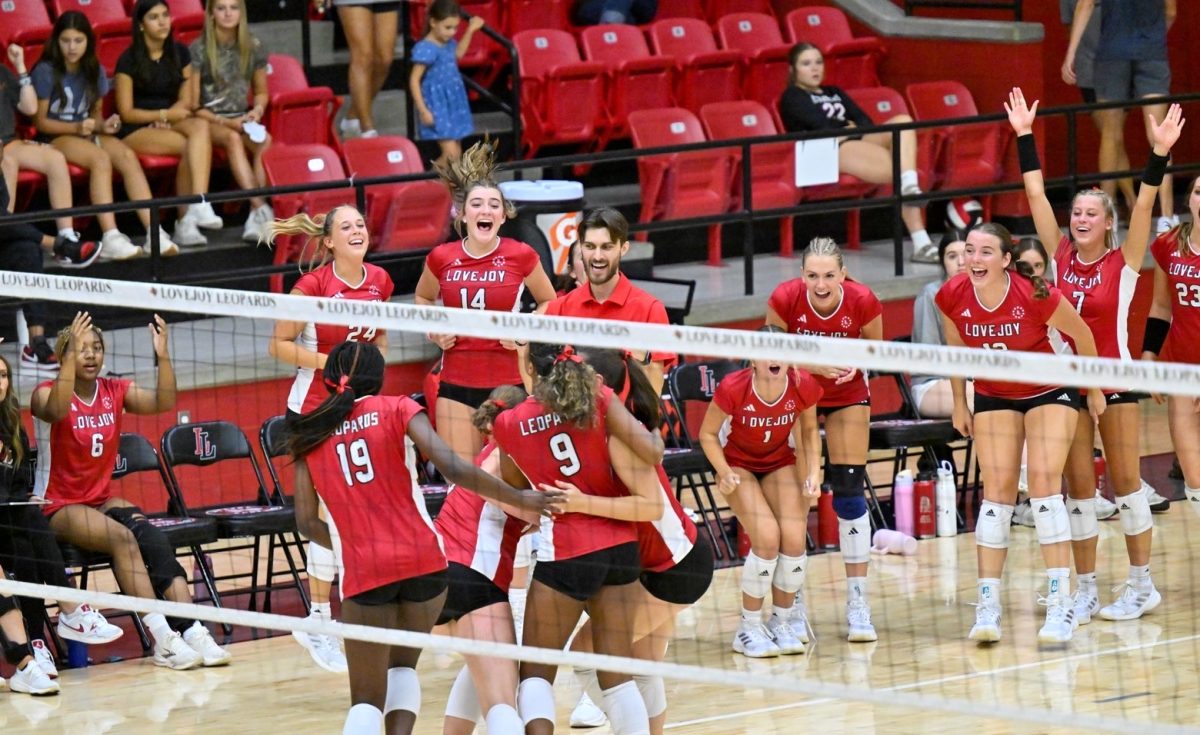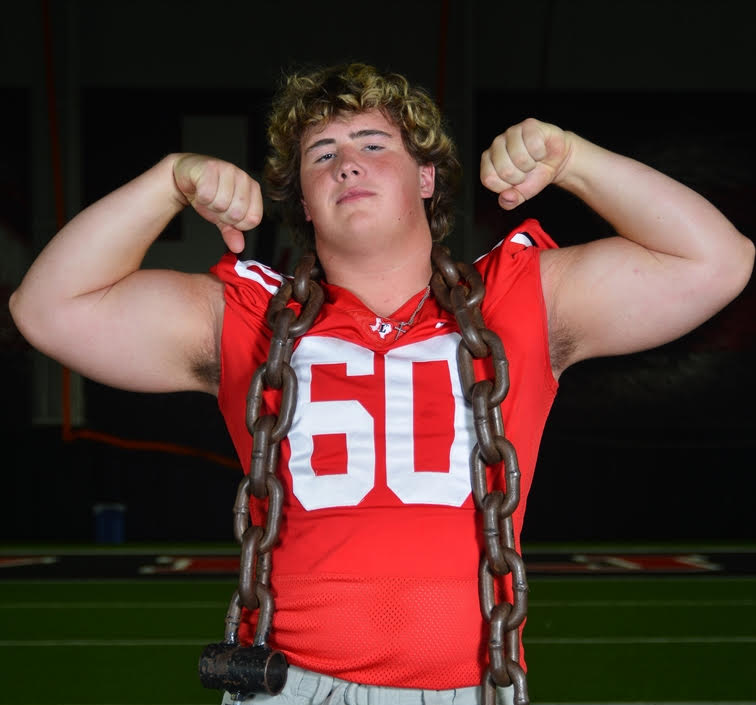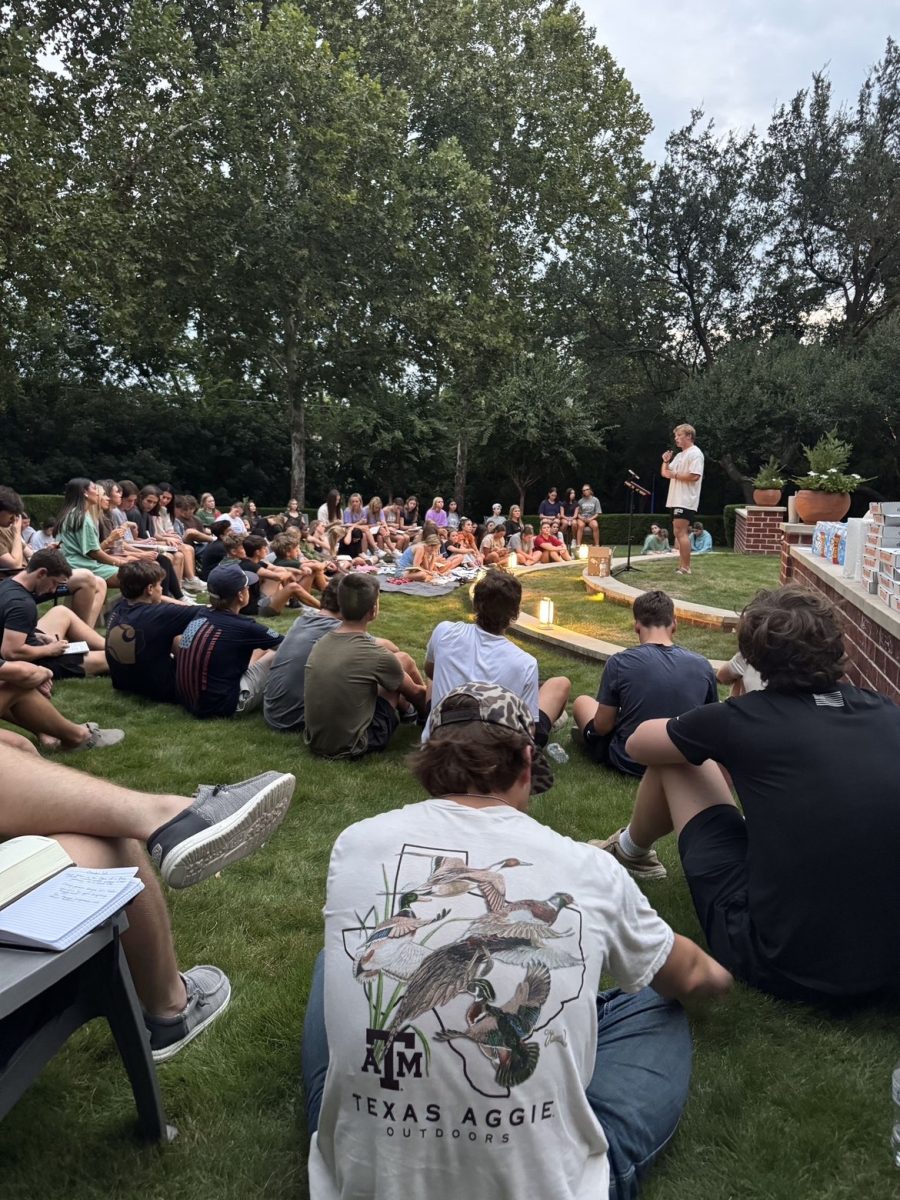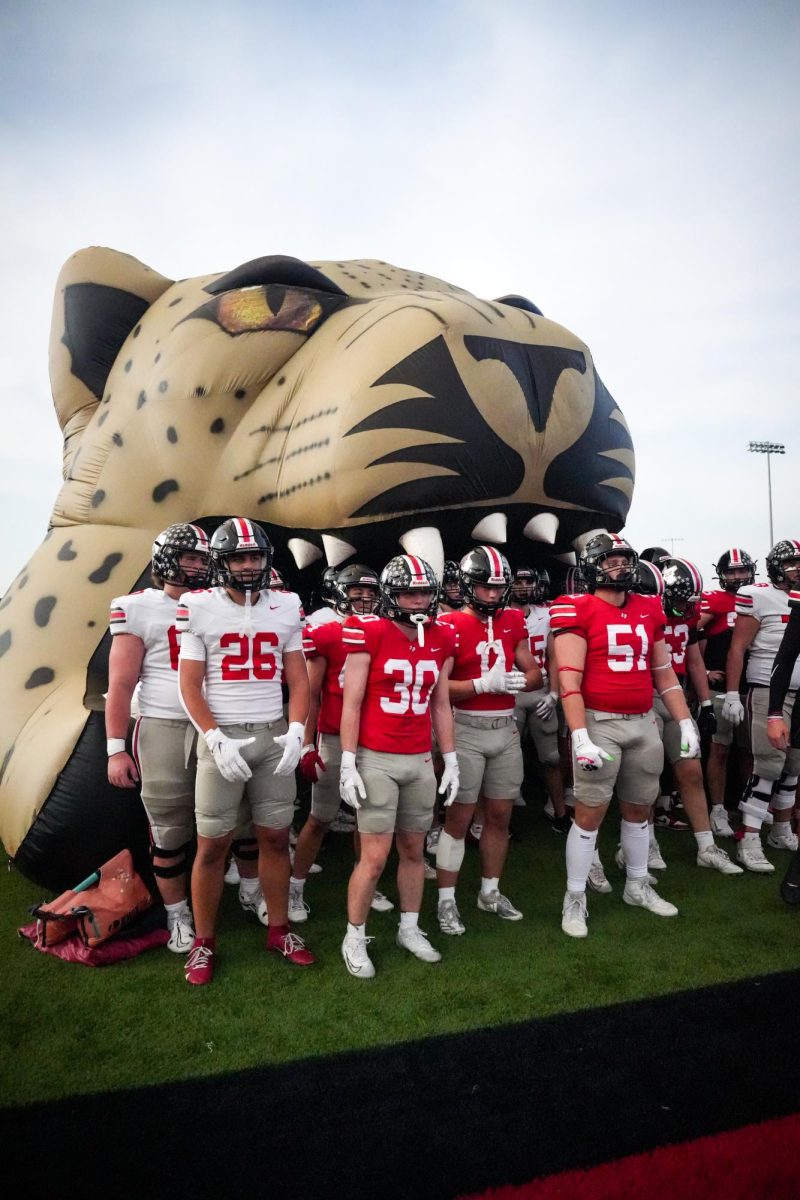Texas high school football. That one simple sentence can invoke more passion and emotion in Texans than almost anything else. It’s a religion, it’s a passion; Friday nights under the lights playing for each other, for the community, for love of the game.
However, while many things about the game have remained the same for years, a recent proposal could change the high school football landscape. In an attempt to reduce concussion risks, the
University Interscholastic League’s Medical Advisory Committee has “unanimously recommended limiting football programs to 90 minutes full-contact, game-speed practices per player per week during regular season and playoffs”.
The goal of reducing brain injuries is probably something that every coach in the state supports, but the language of the recommendation has some coaches scratching their heads.
“First of all, with regards to the 90 min per week proposal, it’s preposterous,” defensive coordinator Ryan Cox said. “What defines contact? Is it full out, no holds barred, tackling to the ground? Is it any players touching each other, in any capacity at all? It’s so vague and is counter productive.”
The goal of the recommendation is not to limit coaches or players, but to protect them.
“It’s been the record of the Medical Advisory Committee since the start to be out front on issues,” UIL athletic director Mark Cousins said in a recent interview with The Dallas Morning News. “I think it’s just another example of the fact that they are continually studying these issues to make sure that they are out in front and looking at all the things that are out there to make sure that the game is as safe as it can be.”
However, some coaches do not think that cutting back will protect players.
“Essentially the proposal would cut back time spent teaching players how to make proper contact, protecting themselves in contact situations during the competition, and it would put the safety of the players in jeopardy,” Cox said.
Ensuring players are protected is a goal that virtually everybody can get behind, but according to Cox, practice isn’t what many people think it is.
“There is a grave misunderstanding of what actually happens at most football practices in the state of Texas. People assume that its a variable blood bath everyday,” he said. “There are times that we have situations that are as close to full contact/game speed as possible. However, we do not go to the ground or allow players to take shots on defenseless players that might result in an injury. At no point during spring, fall camp, or season practice will the QB ever be live. We cannot afford to lose players, nor are we willing to put the health of our players at risk during the week.”
The UIL Legislative Council will consider the recommendation next month. Soon after, football teams across the state will either be drawing up new practice plans or continuing with their normal routines.
Here on campus, Cox hopes things stay the same.
“We do not allow players to execute hits that result in, or could result in injury. Do accidents occur, yes but, we are able to limit them with an intelligent approach to contact at practice that allows us to not only prepare our athletes for Thursday/Friday night, but also protect them during the week,” Cox said. “Automobiles are dangerous, do we limit the amount of time one can spend driving? No, we regulate laws, such as seat belts and speed limits, that protect the driver. We make safer cars with airbags and other crash safety technologies. Again, I feel that limiting practice to 90 minutes of contact a week would be ignorant and would increase the number of injuries due to the fact that we would be doing the players a disservice by limiting the amount of time spent on instructing them on the proper ways to play the game safely.”






